Just two hours south of Athens lies an enchanting Greek paradise frozen in time. Stepping onto Hydra feels like traveling to the past – there are no cars, motorcycles, or even bicycles on this small island.
Instead, locals and visitors alike get around on foot, by boat, or with the help of the island’s famous pack donkeys that transport goods up and down the steep, narrow pathways.
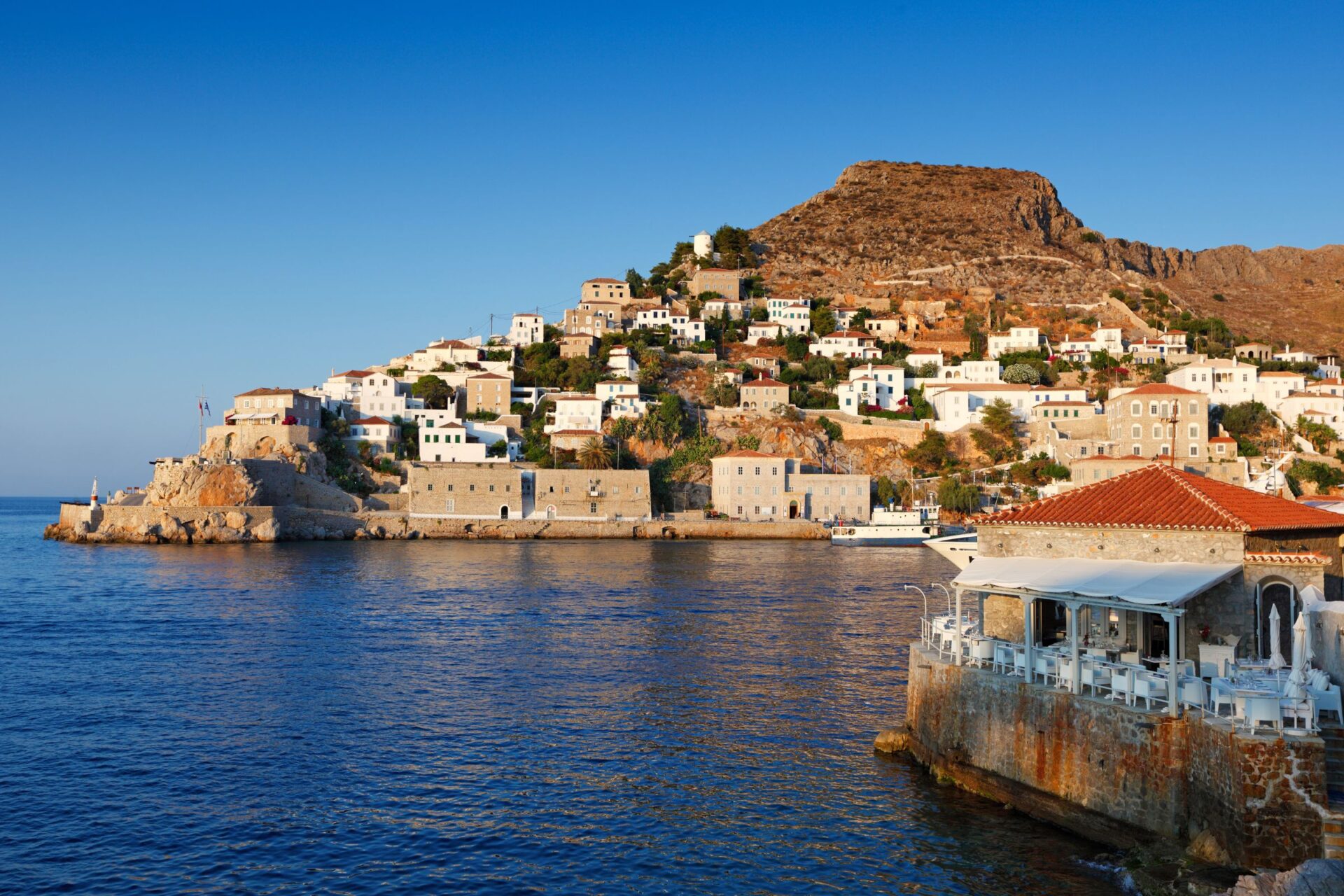
My first visit to Hydra was a welcome escape from the constant buzz of engines and horns that fill most vacation destinations. The quiet is the first thing you notice – replaced by the sounds of waves, clinking coffee cups at harbor cafes, and the clip-clop of donkey hooves on stone streets.
The island’s beautiful harbor, lined with 18th-century mansions, welcomes you with its deep blue waters and colorful fishing boats.
I fell in love with Hydra’s slower pace of life and its preservation of traditional Greek island culture. Without cars rushing past, you can wander the winding streets at your own speed, discovering hidden squares, small chapels, and local tavernas serving fresh seafood.
The crystal-clear beaches aren’t crowded with parking lots but instead feel more secluded and peaceful than those on other Greek islands.
A Journey to Hydra: The Tranquil Island Oasis
Just 90 minutes from Athens by boat, Hydra offers a peaceful escape from modern life where the absence of motor vehicles creates a rare atmosphere of tranquility and charm.
Geography and How to Get There
Hydra is a mountainous island nestled in the Saronic Gulf, off the eastern coast of the Peloponnese. Despite its proximity to Athens, it feels worlds away from the bustling capital.
I reached the island via a high-speed ferry from Piraeus port, which took about 90 minutes. Slower, more scenic options are also available.
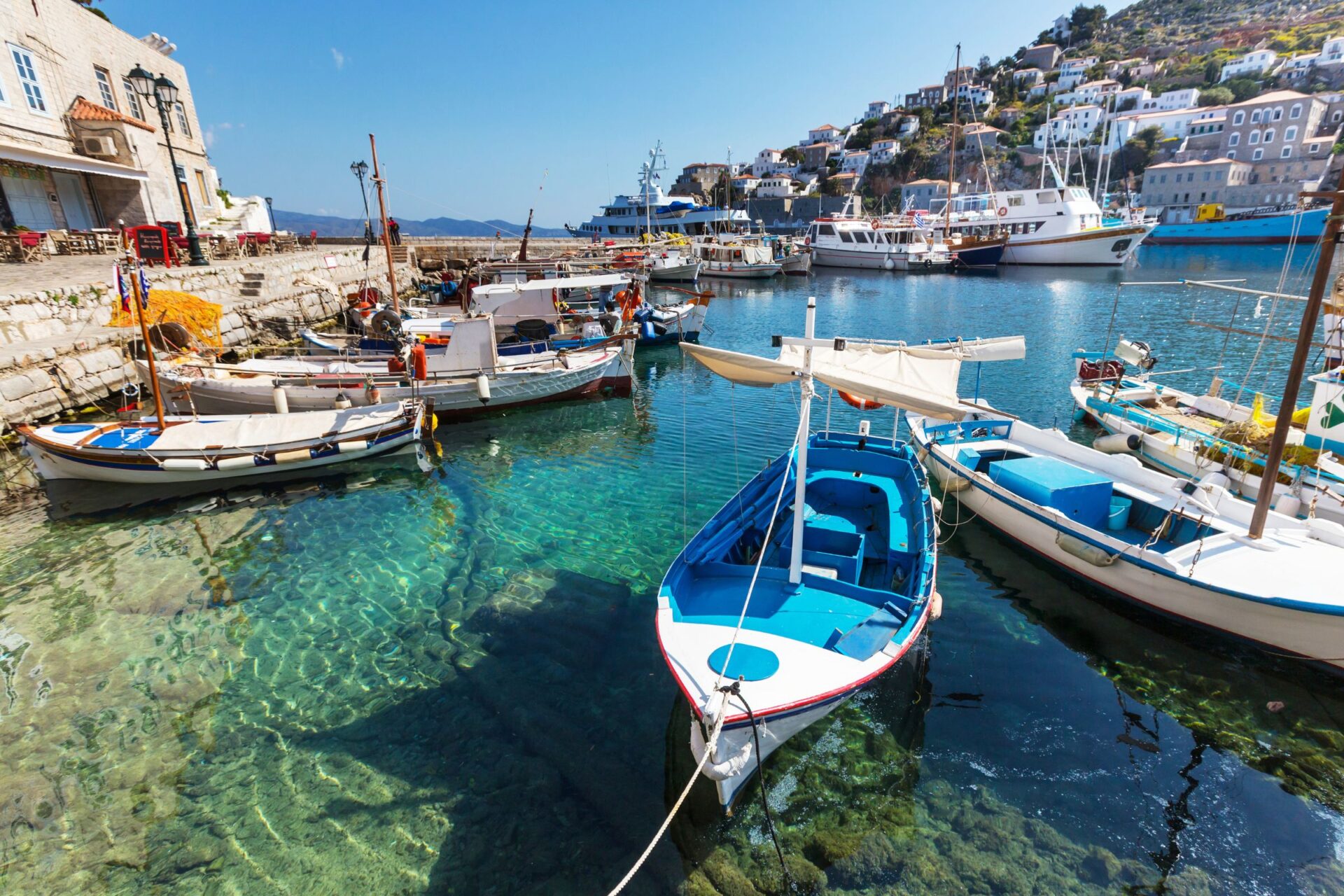
The island’s most distinctive feature is its car-free policy. No automobiles or motorbikes disrupt the peaceful atmosphere here. This isn’t just a tourist gimmick – it’s a way of life that has preserved Hydra’s unique character.
Getting around is refreshingly simple: you can walk, take a water taxi, or hire one of the island’s iconic donkeys or mules that serve as the main transportation method for both locals and visitors.
First Impressions
Stepping off the ferry onto Hydra’s main harbor feels like walking into another era. The horseshoe-shaped port welcomes visitors with its striking stone architecture and the absence of traffic noise. Instead of car horns, I heard donkey bells, boat engines, and conversations echoing off stone buildings.
The waterfront promenade buzzes with life – cafés spill onto cobblestone streets, locals chat outside small shops, and fishing boats bob gently in the crystal-clear water. The ochre and white buildings rising up the hillside create a postcard-perfect scene.
I was immediately struck by the slower pace. Without the rush of vehicles, everyone moves at a more natural rhythm. Even travelers shed their hurried city demeanor after just a few hours here.
Embracing the Charm of a Vehicle-Free Lifestyle
Life moves at a different pace on Hydra, where the absence of motorized vehicles creates a peaceful atmosphere that’s increasingly rare in our modern world. The island’s commitment to traditional transportation methods has preserved both its character and environment.
Walking and Donkeys as Primary Transport
As I wandered Hydra’s narrow cobblestone streets, the gentle clip-clop of hooves replaced the usual traffic noise I’d grown accustomed to elsewhere. Donkeys serve as the island’s primary mode of transportation, carrying everything from groceries to luggage.
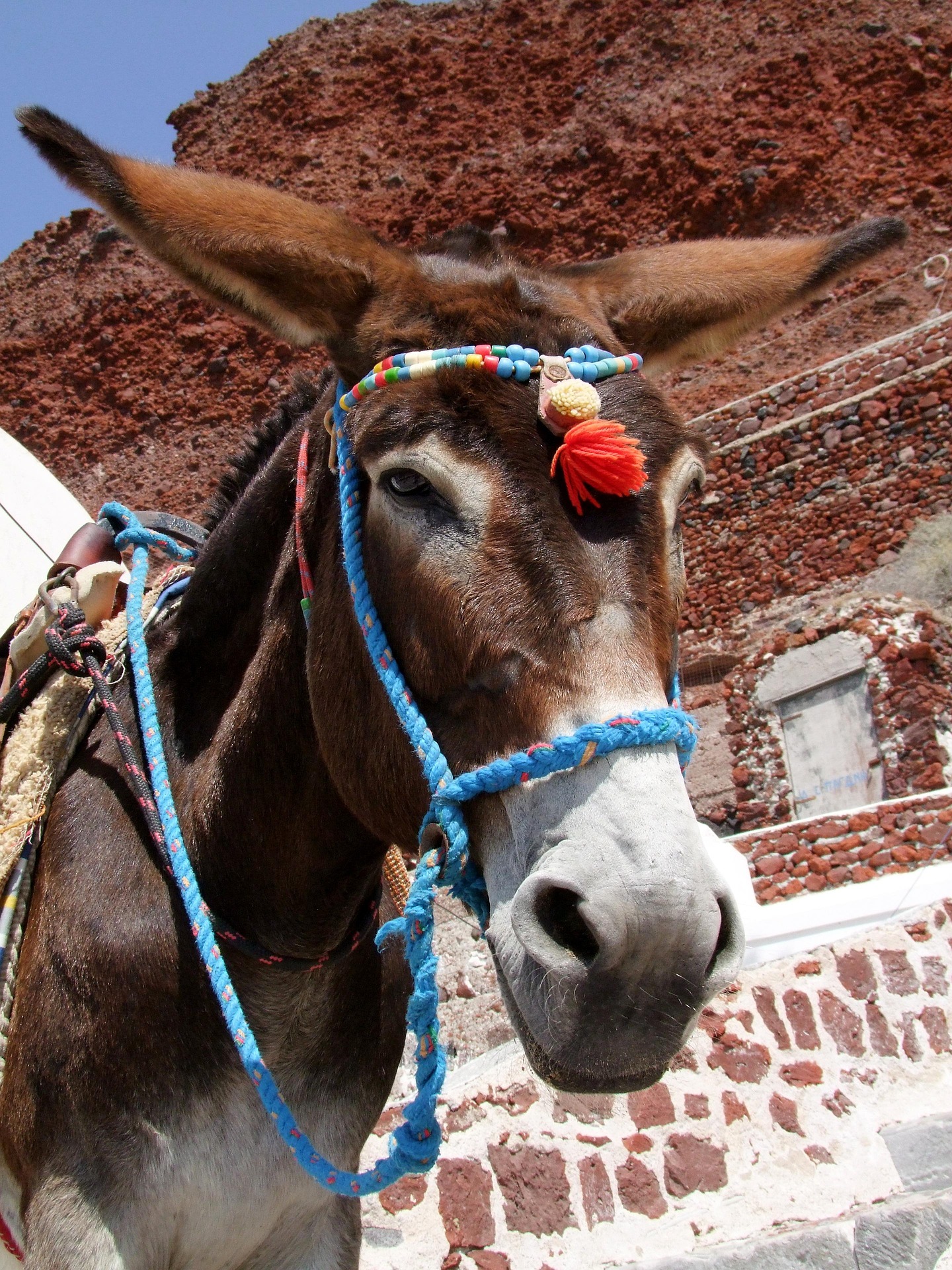
The main harbor bustles with donkey drivers offering their services to visitors. I found walking to be the perfect way to explore the compact town center, while donkey taxis became essential for reaching hilltop accommodations or remote beaches.
What surprised me most was how quickly I adjusted to planning my day around foot travel. The slower pace encouraged me to notice details I might have missed otherwise—bougainvillea cascading over stone walls or the scent of fresh bread from tiny bakeries.
Environmental Impact and Benefits
The absence of motorized vehicles has preserved Hydra’s air quality and natural beauty in ways immediately noticeable upon arrival. The island enjoys remarkably clean air and streets free from the noise pollution that plagues many tourist destinations.
This vehicle-free policy has helped Hydra avoid many challenges facing other Greek islands. Without cars, there’s no need for wide roads or parking lots, preserving the island’s limited space for homes, businesses, and natural landscapes.
I noticed locals using hand carts for deliveries and donkeys for building materials. This traditional approach reduces the island’s carbon footprint significantly while maintaining its authentic character that attracts visitors seeking a break from modernity.
The environmental benefits extend beyond just air quality. The absence of motorized transportation has helped preserve Hydra’s traditional architecture and layout, creating a living museum of Greek island life.
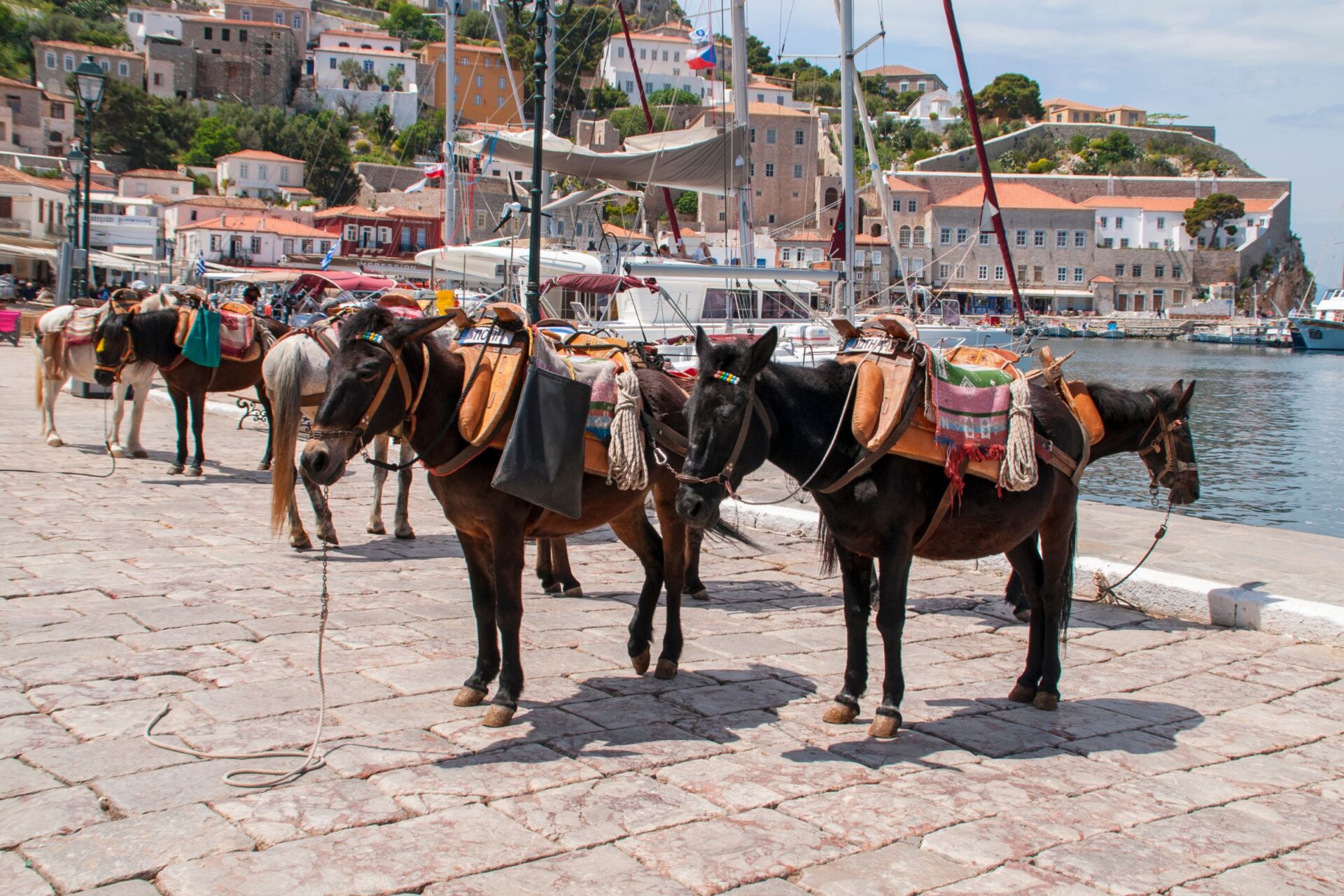
Historical Narratives Embedded in Island Stone
Wandering through Hydra feels like walking through an open-air museum where every stone building tells a story. The island’s architecture and historic sites have been remarkably preserved, creating an authentic glimpse into Greece’s maritime past.
The Architecture of Hydra
The moment I stepped off the water taxi, I was struck by Hydra’s distinctive architectural style. Grand captain’s mansions with red-tiled roofs line the horseshoe harbor, showcasing the island’s wealthy maritime history. These impressive stone structures were built by sea merchants who made fortunes during the 18th and 19th centuries.
What makes Hydra’s buildings unique is their consistency. Almost all are constructed from local stone with wooden balconies painted in soft blues, creating a harmonious visual landscape. Walking through narrow cobblestone streets, I discovered hidden courtyards with blooming bougainvillea cascading over stone walls.
Many historic homes feature:
- High ceilings with wooden beams
- Interior courtyards
- Sea-facing windows
- Traditional wooden shutters
Historic Sites to Visit
The Lazaros Koundouriotis Historical Mansion tops my must-visit list. This restored 18th-century captain’s home now serves as a museum displaying period furniture, folk costumes, and maritime artifacts. The views from its upper floors are absolutely breathtaking.
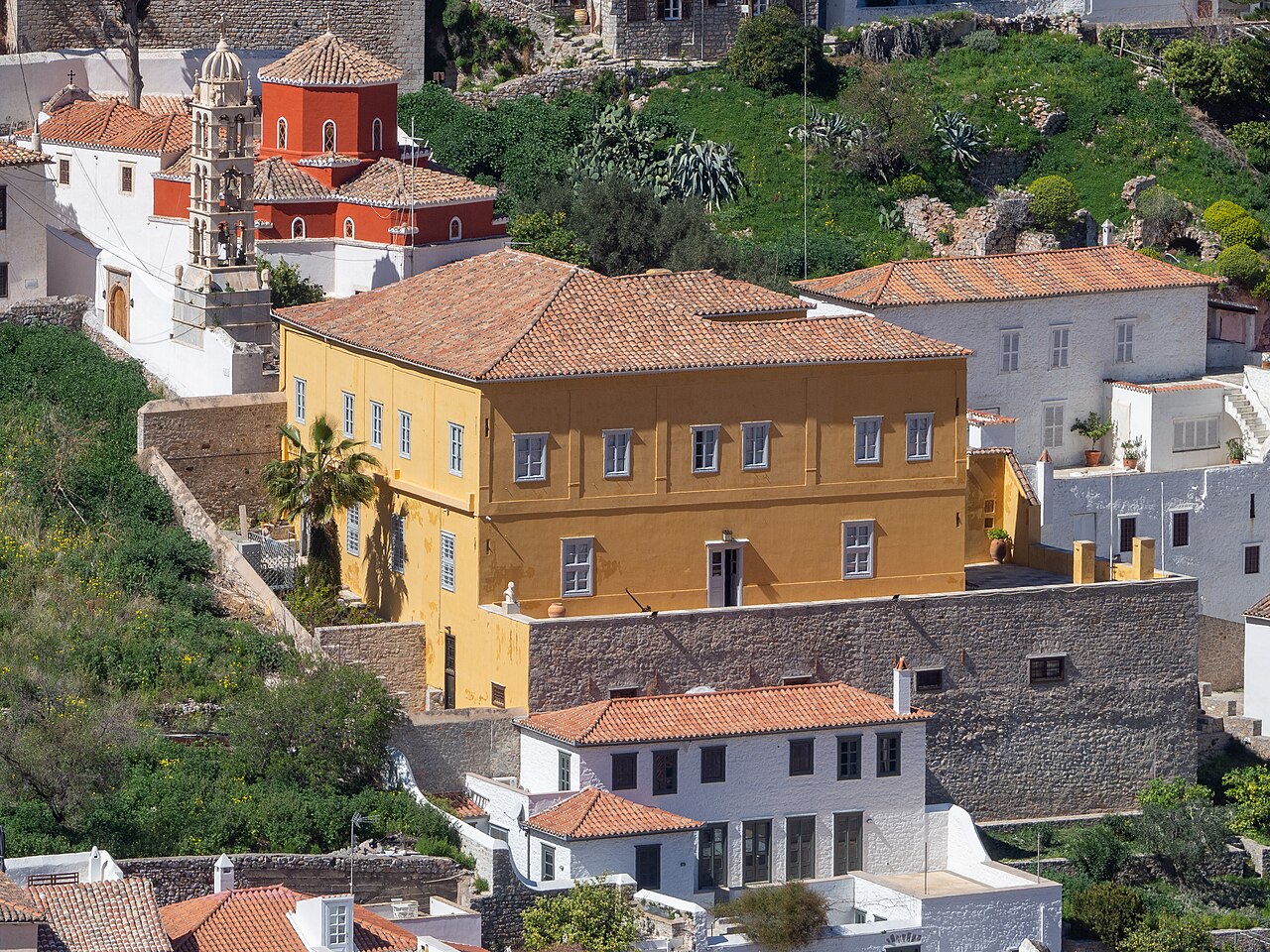
I also recommend visiting the Hydra Museum, housed in an old stone warehouse at the harbor. It contains fascinating exhibits about the island’s crucial role in the 1821 Greek War of Independence. The collection includes ship models, nautical equipment, and weapons that tell the story of Hydra’s naval prowess.
The Monastery of the Assumption of the Virgin Mary stands proudly in the center of town. Built in 1648, its imposing stone walls and bell tower have witnessed centuries of island life. Inside, I found beautiful Byzantine icons and an impressive marble temple.
Immerse in Local Culture and Traditions
Hydra’s cultural charm extends far beyond its car-free streets and donkey transportation. The island’s rich traditions are kept alive through its distinctive cuisine and vibrant festivals that reflect centuries of maritime history and Greek island life.
Cuisine and Culinary Delights
Walking through Hydra’s narrow streets, I’ve discovered countless family-run tavernas serving authentic island specialties. The local amygdalota (almond cookies) are a must-try sweet treat that pairs perfectly with a Greek coffee by the harbor.
Seafood dominates menus across the island, with octopus dried in the sun before being grilled to perfection. I recommend trying the keftedes (fish cakes) made from the day’s catch brought in by local fishermen.

For a true taste of Hydra, visit the bakeries early morning when horiatiko psomi (country bread) comes fresh from wood-fired ovens. Many restaurants also serve spetsofai, a hearty sausage and pepper stew that showcases the island’s simple yet flavorful cooking style.
Annual Festivals and Events
The highlight of Hydra’s festival calendar is Miaoulia in late June, commemorating Admiral Andreas Miaoulis who defended the island during the Greek War of Independence. I was amazed by the harbor reenactments, traditional dancing, and the spectacular fireworks display.
Easter celebrations on Hydra are particularly special. The Good Friday procession winds through the town’s narrow streets by candlelight, creating a magical atmosphere unlike anything I’ve experienced elsewhere.
During summer months, the Hydra Rebetiko Festival brings this traditional Greek music to atmospheric venues across the island. Local and visiting musicians perform these emotional songs, often called “Greek blues,” in intimate settings under starlit skies.
The Feast of the Virgin on August 15th transforms the island with religious processions, music, and community feasting where visitors are warmly welcomed to participate.

The Allure of Hydra’s Natural Beauty
Hydra’s unspoiled natural landscape has captivated visitors for generations, offering a perfect blend of Mediterranean beauty without the intrusion of motorized vehicles.
Pristine Beaches and Crystal Waters
The moment I stepped onto Hydra’s shoreline, I was mesmerized by the clarity of its waters. The island boasts several stunning beaches where you can swim in some of the cleanest waters in Greece.
Vlychos Beach, just a 30-minute walk from the main port, offers a peaceful retreat with its pebbled shore and turquoise waters.
For a more secluded experience, I recommend taking a water taxi to Bisti Beach. Here, pine trees reach almost to the water’s edge, creating natural shade while you admire the sea’s incredible blue hues.
Swimming around Hydra feels like floating in liquid crystal. The visibility extends so deep that I could see fish darting between rocks several meters below the surface. Many beaches have small tavernas nearby where you can enjoy fresh seafood after your swim.
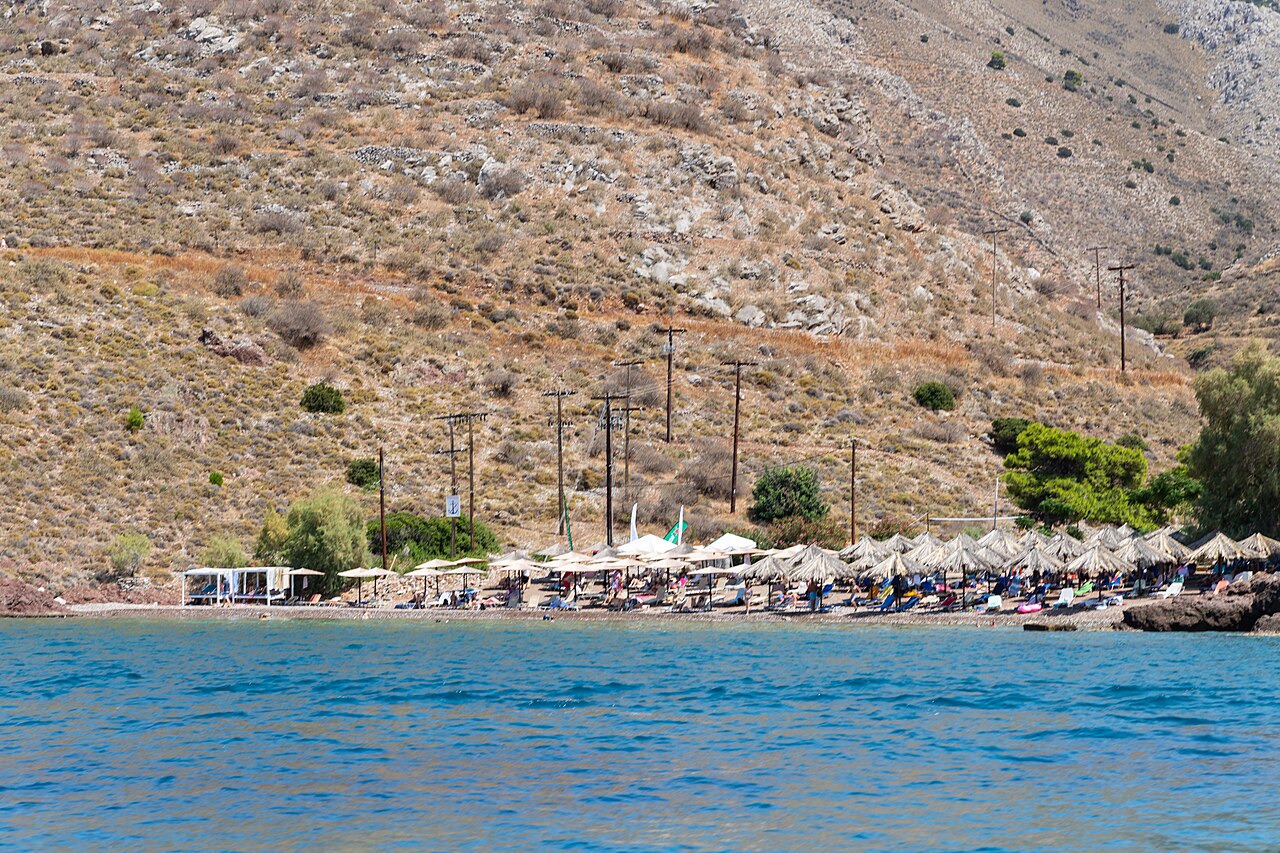
Hiking Trails with Breathtaking Views
Hydra’s car-free status makes it a hiker’s paradise. The island is crisscrossed with ancient donkey paths that connect villages and lead to spectacular viewpoints.
My favorite trail runs from Hydra Town to the Monastery of Profitis Ilias. The uphill journey takes about 90 minutes. The panoramic views of the Saronic Gulf make every step worthwhile. The monastery itself, perched at one of the island’s highest points, offers a peaceful spot to rest.
Another memorable route follows the coastal path to Kamini village. This easier walk rewards hikers with views of traditional stone houses and fishing boats bobbing in small coves.
Don’t forget to pack water and wear sturdy shoes! The paths are often rocky, but well-marked. During spring, wildflowers blanket the hillsides, adding splashes of color to the rugged landscape that has inspired artists for centuries.

